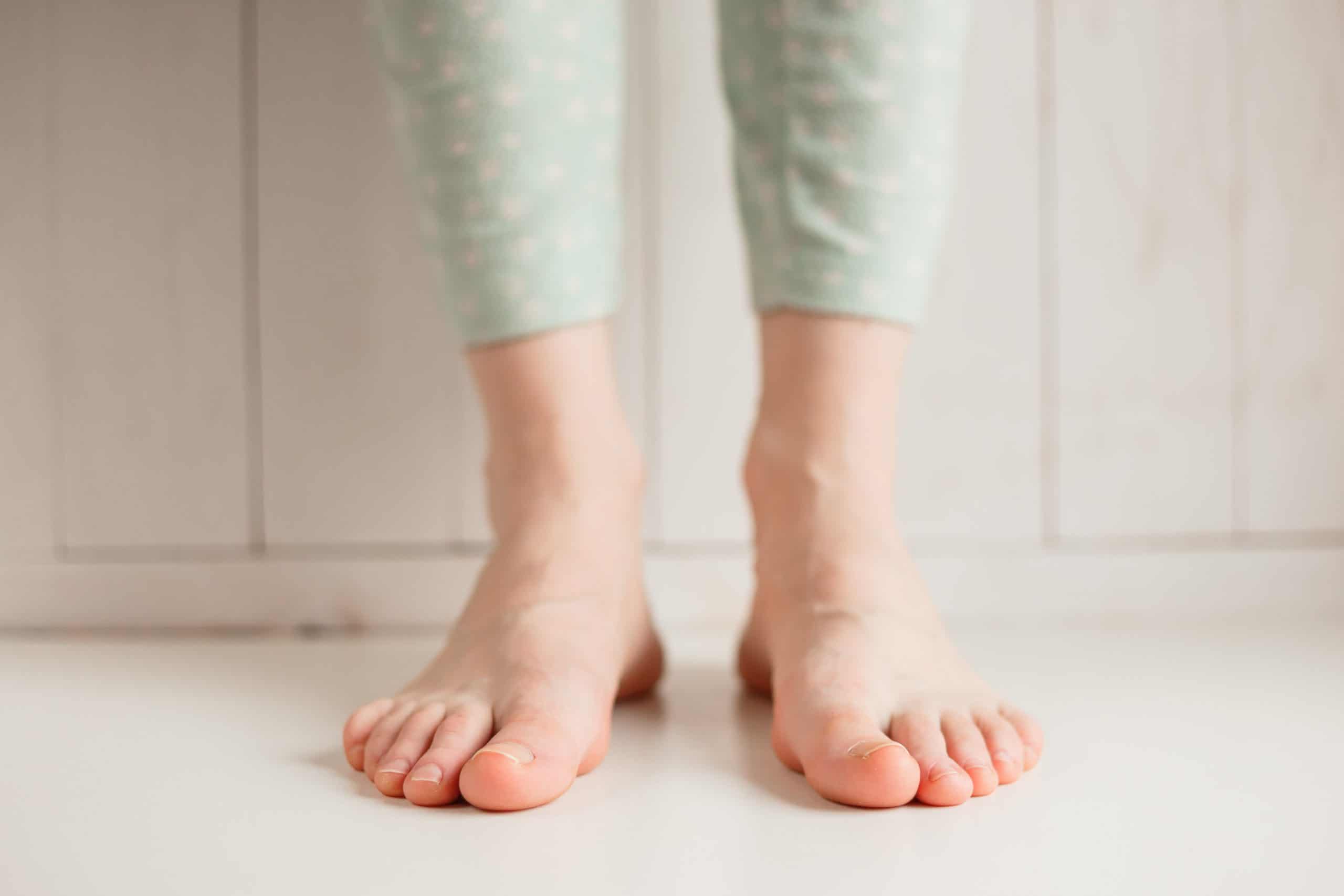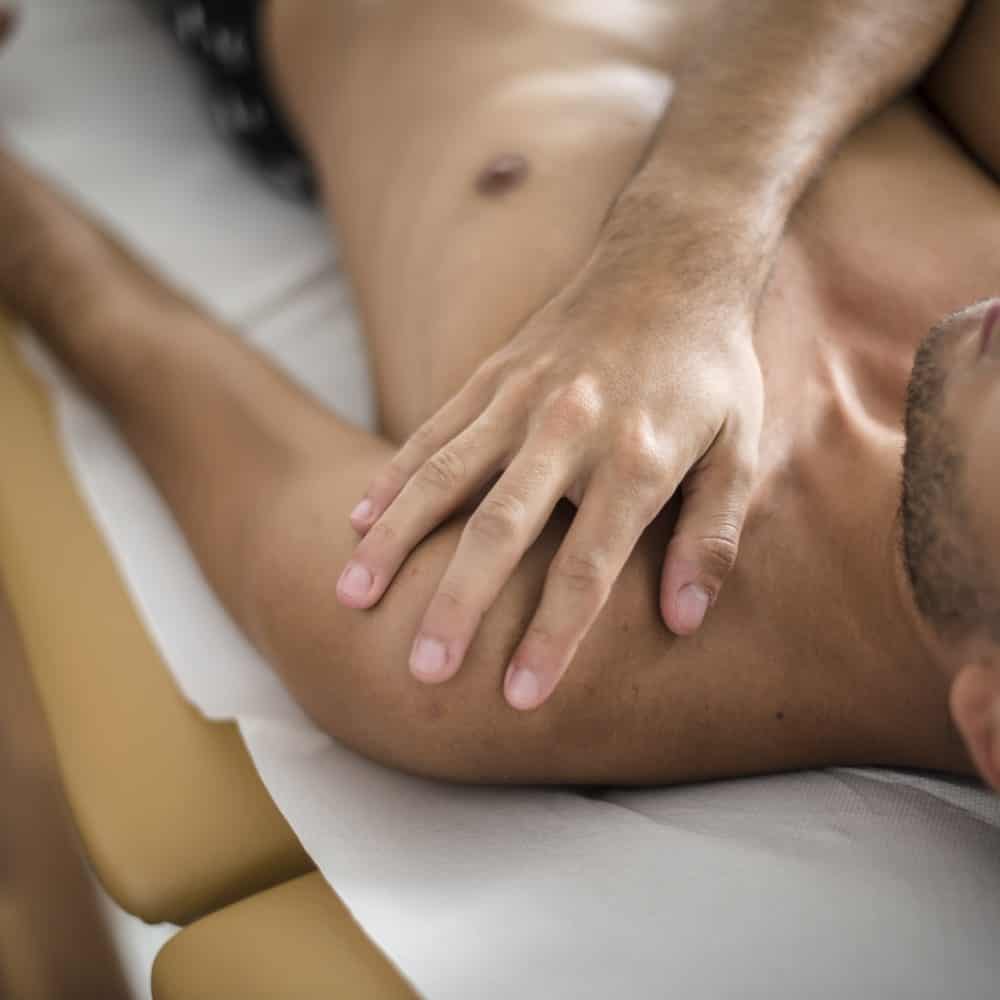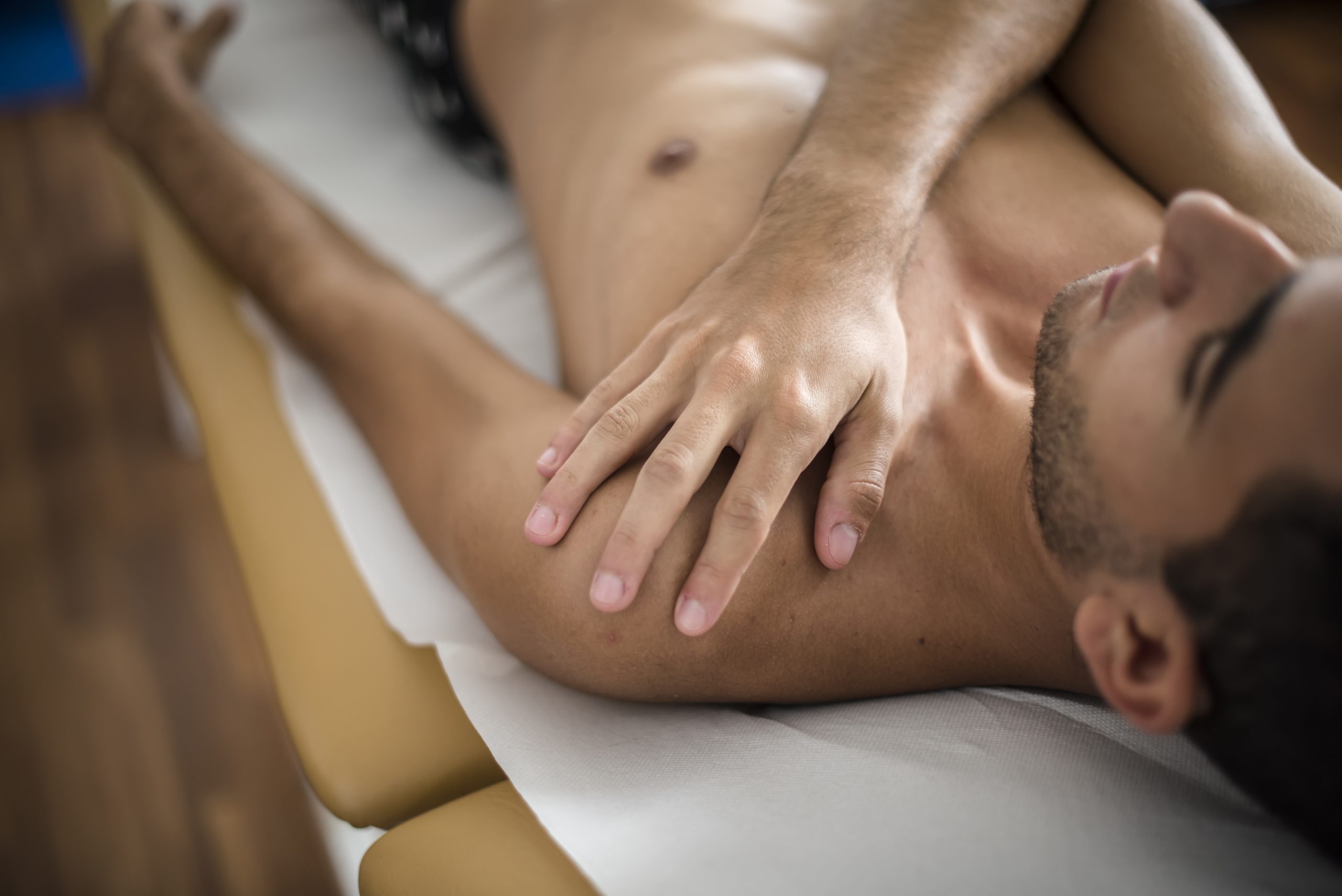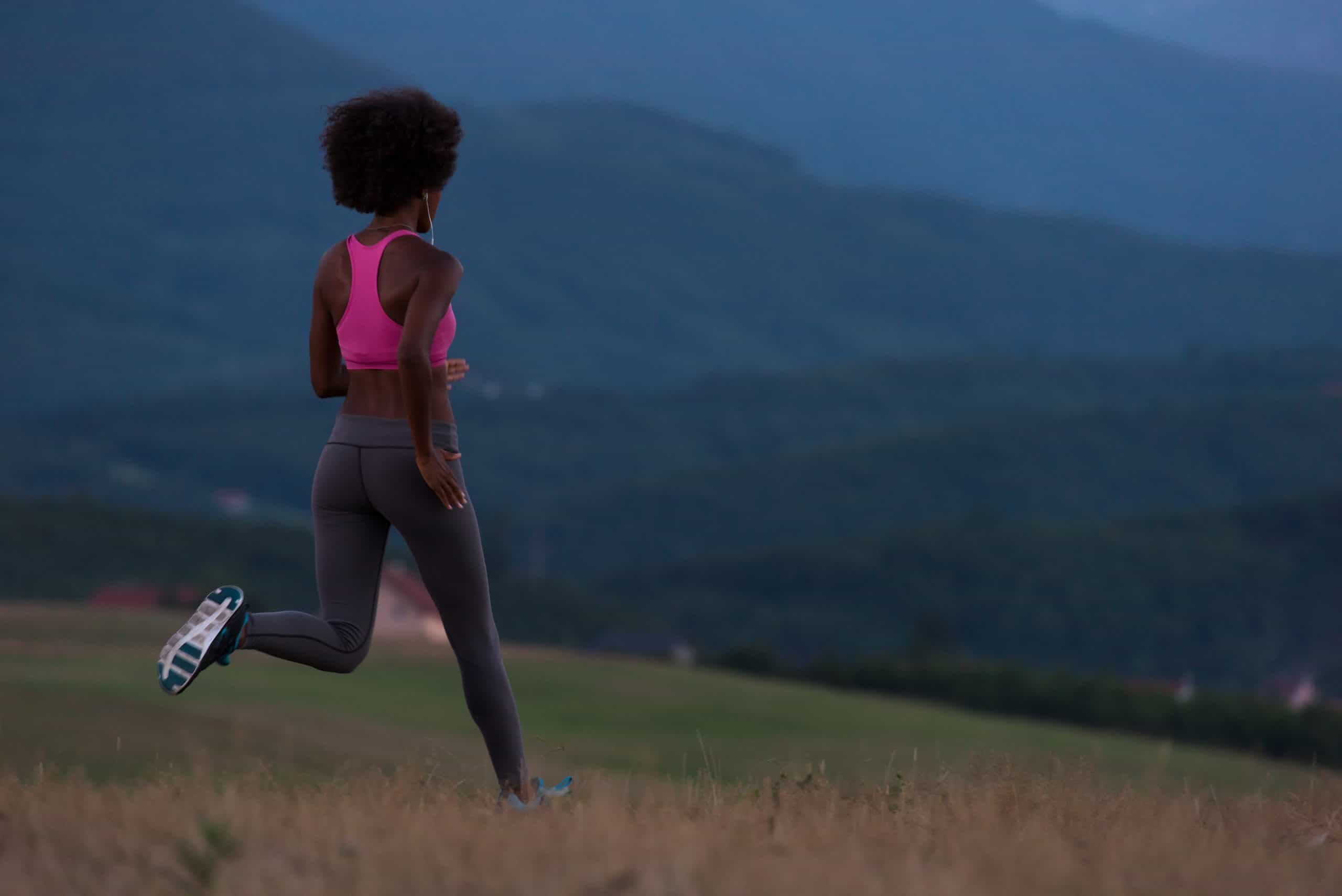
The secret to a healthy garden is a healthy gardener. Gardening is an active pursuit that can cause muscle strain to the lower back, shoulders, knees and arms, especially if you are out of shape and do not move properly.
secret to a healthy garden is a healthy gardener. Gardening is an active pursuit that can cause muscle strain to the lower back, shoulders, knees and arms, especially if you are out of shape and do not move properly.
To get the most of your gardening season, physiotherapists recommend following the following tips and techniques. Enjoy the fruits of your labour. Don’t be limited by the aches and pains!
Stretch! Before, During & After Activity
Stretching – as a warm-up, as a break during repetitive movement, and as a cool-down – helps you to move more easily, keeps your muscles flexible and relaxed, your joints mobile and relieves tension and strain.
When stretching, remember:
Movements should be slow and controlled, you should feel a gentle stretch of the muscle – stretching should never be painful.
Once you feel a stretch, hold the position for 10 – 15 seconds. Do not bounce or jerk, and repeat each stretch two or three times.
Do some shoulder circles, trunk rotation, and heel/toe stands. You might even ‘rehearse’ movements, like raking, as part of your warm-up. Then, take a few minutes to do the following stretches, and repeat them again at the end of your gardening activity. If you begin to feel a bit stiff while gardening, pause and do more stretches.

Stay In The Zone
Find a place and position that permits your body to work in a comfortable posture – and try to do your work within this “easy zone”. Activity outside your “easy zone” may cause sprains and strains. Avoid potential injury by:
Moving with your work – keep your work in front of and close to your body to avoid reaching and twisting.
Lift with your knees bent, keeping your back straight.
Spend More Time in Your Garden & For Longer Periods
To maintain your existing mobility, make every movement count. Add up all you do in a day and aim for a minimum of 60 minutes of movement every day.
To gain more mobility, you should plan activities throughout your day that keep you moving for periods of at least 10 minutes at a time.
Be realistic! Your body can only perform at the level of effort and endurance it is accustomed to. For maximum benefit, physiotherapists recommend regular physical activity and stretching to maintain your physical mobility throughout the year.

Consider Raised Beds
Amongst the many benefits of raised beds in a garden — a major one is that you do not have to stoop as much to carry out notable gardening tasks. Some raised beds can be even as high as your waist, allowing you stand as you garden.
Work Within Your Physical Strength
Standard safe lifting loads are 64 lbs. (about 29 kg) for middle-aged men and 28 lbs. (about 13 kg) for women, but a ‘safe’ lift is less than this when the load is difficult to reach or an awkward shape.
Pace Yourself!
Take a break, spread tasks over a period of time, and take time to recover between projects.
Rotate Tasks Regularly
Avoid over-use injuries by doing different activities throughout the day to reduce strain on major muscle groups and joints.
Use the Right Tools
Gardening tools and equipment are meant to ease work, not cause additional strain. Take measures to fit the tools to you, not you to the tools. Also:
Keep your supplies within easy reach – consider using an apron with pockets.
Use tools to reduce work – a wheelbarrow to transport supplies, an extended handle to reduce the reach, and tools with good grips or ergonomic handles.
When Raking or Hoeing
Keep your tools close to your body and your back straight to reduce strain. Use your arms and avoid twisting your trunk. Use long-handled tools suited to your height.
If you tend to bend over or reach too far while raking, consider using an ergonomic rake (available at garden centres). It will make the job easier and reduce strain to your back.
When Weeding or Planting
Do not bend from the waist. Squat or kneel on a kneeling pad. If you have difficulty getting up, use a kneeling pad/bench with a support handle for assistance.
Give your back, legs and knees a break from stooping and kneeling by using tools with long handles to help with the weeding.
Squat or sit on the ground to trowel, rather than bending over.

When Digging or Shoveling
Insert the head of the shovel vertically into the ground and step on the blade.
Lift small amounts at a time. Keep your back straight and bend at the knees. Avoid twisting. Use a wheelbarrow to move big or heavy loads.
Choose a shovel with a weight and handle length that is appropriate for your size and for the job you are doing.
Give your back a break by using a smaller shovel, reducing the temptation to lift large amounts of soil.
Spread heavy lifting and digging tasks over a week rather than a weekend, and spread major projects throughout the seasons. Take time to recover between them.
When Lifting or Carrying
Know your limits and lift properly: bend your knees, not your back. Keep the load close to your body. Don’t lift items that are too heavy for you to handle – get help!
Use a wagon or wheelbarrow to transport supplies and/or to move or carry heavy items.
A four-wheeled cart is sturdier and easier to use than a wheelbarrow.
Lift with your knees slightly bent and your back straight. Avoid twisting or reaching.
When Pruning Or Trimming
Get as close to your work as possible. Don’t stretch beyond your reach or past your stable footing. Rehearse the movement as a stretch first to test your ability and positioning.
Match the size of the gardening tool handle to the size of your hand. Choose tools that you can hold so that your hand remains positioned in line with your forearm.
Hold your tools in a loose comfortable grip. Holding too tightly may cause injury;
Be creative! Adapt or create your tools for ease and comfort:
Pad the handles of your gardening tools.
Use knee pads or a foam pad for kneeling.
Wrap a slippery handle with tape to improve your grip (hockey stick tape will do).
Selecting the right tool, for the right task, for the right gardener, is critical to creating a beautiful garden safely.
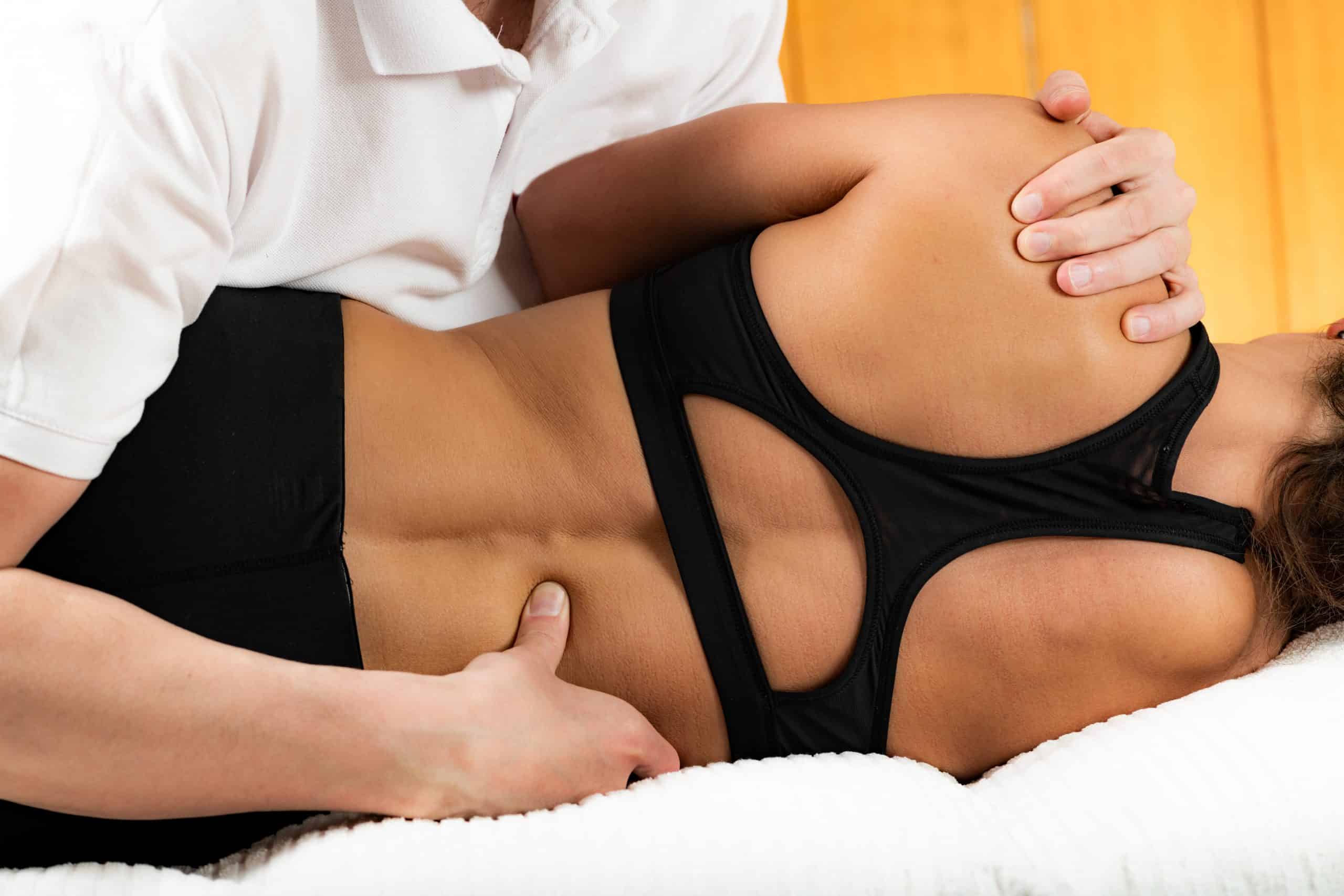
Physiotherapy & Chiropractic Can Help
Physiotherapists are healthcare professionals who help people of all ages and lifestyles gain and maintain their desired level of active living and physical mobility. With their understanding of the human body in action, physiotherapists are able to help you increase your mobility, relieve pain, build strength and improve balance and cardiovascular function. Physiotherapists not only treat injuries, but they also teach you how to prevent the onset of pain or injury that can limit your activity.


